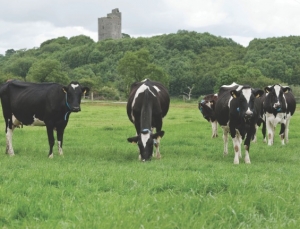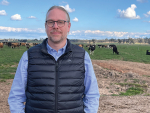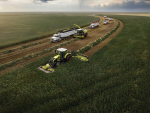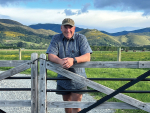An Irish agricultural scientist from University College, Dublin – Tommy Boland, in New Zealand visiting colleagues and family, says Irish farmers in particular are well placed to take advantage of the new open market. As far back as three years ago, farmers were holding on to heifers and generally improving the quality of their herds, Boland says. But some farmers have increased production too early and under EU rules have to pay a monetary penalty for this.
“That penalty clause has put something of a handbrake on that development, but farmers are putting plans in place for land expansion and even to capture more of the potential that is within their land. I think there are a lot of gains to be made within Ireland to increase the dairy output on the current land base without displacing other industries and bringing new land into production.”
Boland says there is a lot of variation in the pasture production potential across Ireland, some parts being very good for dairy production and others very bad. With heavy rainfall some of the ‘heavy’ land pugs easily and doesn’t stand up to grazing by dairy cows, he says.
“But in the south west of the country around Kerry and Cork they have excellent dairy production and grass growing conditions. They can carry the cows out on grass for most of the year. As you move north and east towards Dublin the growing season becomes shorter. But within the country there are pockets or micro climates which will allow for very good dairy production.”
Boland says there is much speculation about how much Ireland can increase its dairy production. The Government wants it to increase production by 50% by 2020. Boland says many Irish look at the gains made in New Zealand as the benchmark for their production and points to the similarities in their grass based production systems. The Irish note the huge growth of the New Zealand industry, while Irish production has stayed static, due to some degree to EU production limits.
But a significant problem for Irish farmers is the scale of their operations and the difficulty in merging farms and creating larger dairy platforms.
“Land mobility (or amalgamation) is much less freely available in Ireland than it would be in New Zealand. There is a strong tie to the family farm and land and it’s not common to mobilise that land. The farms are usually a one man operation supported by the spouse and the family. The scale is small and appetite for amalgamation is also small.”









